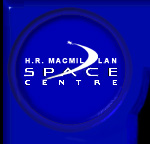

 |
For the 'African Eclipse' we travelled to western Zambia, here is our report. |  |
|
Site Location (WGS 84) Predicted Contact times (including limb profile corrections) We are pleased to report that we saw the Total Solar Eclipse from Zambia on June 21st. Our site was 600km as the Eagle flies, or two days by Land Rover, from Lusaka on the banks of the upper Zambezi river in western Zambia, (here are some maps and photographs). We were part of a tour organised by the H R MacMillan Space Centre in Vancouver, Canada, the group consisting of three other Britons, two British expatriates (from Hong-Kong and California), five Americans, one Frenchwoman and six Canadians. The guides/drivers/couriers were from Botswana and Zambia. At the eclipse site were two other small groups of people made up of Americans, Britons and Swiss. Although the 'accommodation' at the eclipse site was in tents, local Zambians had built a toilet/shower area and a kitchen/dining area complete with bar! Running water was provided thanks to the Zambezi, a 'header' tank and jerrycans. Zambians we met en-route were keen to get hold of 'eclipse glasses' as the government had not been able to supply them (unlike neighbouring Angola where the authorities did get their act together!). We were able to hand out a few spare ones left over from 1999, and try to impress upon them that they should share them around and that it was safe to look at the Sun once it was fully eclipsed. Luckily some members of the group were wearing eclipse tee-shirts which could be used to illustrate our explanations. The sky remained totally clear of cloud before, during and after the 3 minutes 54 secs of totality, although there was some haziness due to the extensive 'biomass burning' that goes on in Southern Africa during the winter months. The corona was typical of 'solar maximum', not unlike that seen at the 1999 eclipse. There was an extremely bright prominence visible throughout totality as well as others visible at 2nd and 3rd contacts. Due to our location (less than 3 km south of the centre line) and a deep valley on the limb of the Moon, we were blessed with a very long diamond-ring at third contact. We saw shadow bands at both 2nd and 3rd contacts. Jupiter and Sirius were easily seen during totality, and although we didn't see Venus, somebody else at our site did manage to spot it very low down on the western horizon. Other astronomical highlights included Comet Linear 2001/A2, an easy naked-eye object; Mars, Scorpius and Sagittarius high overhead; Crux, Alpha & Beta Centauri, the Eta Carina nebulae, globular clusters Omega Centauri and 47 Tucane; and the Zodiacal light through Leo and Virgo during the early evening hours. Oh, and the game viewing from the Chobe National Park in Botswana was pretty good too! (wildlife). The eclipse photographs were taken on Kodachrome 64 with a Celestron C90 telescope mounted on a Vixen 'Super-Polaris' equatorial head using my 'automatic' system described here. Nick Quinn & Linda Croft |
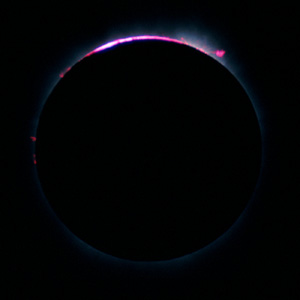 |
 | |
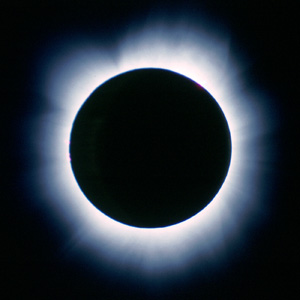 | |
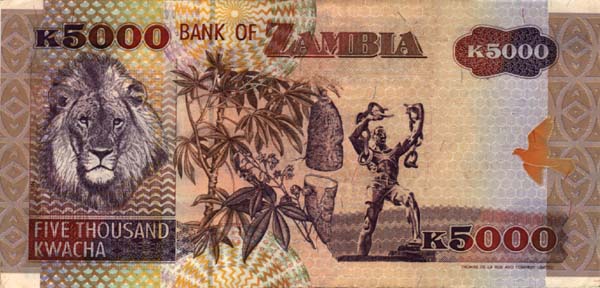 |
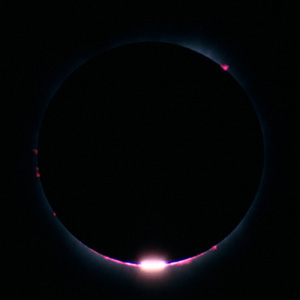 |
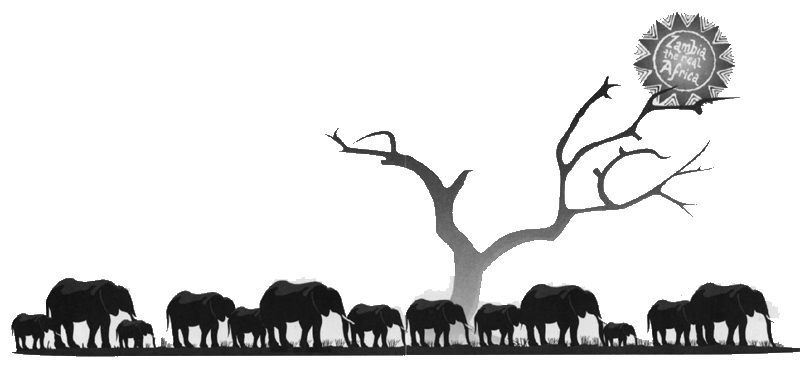 | |
Copyright Nick Quinn, 2001